In an era where cyber threats are increasing in sophistication and volume, understanding the role of different cybersecurity solutions is essential for protecting your organization. Among the top solutions are Managed Detection and Response (MDR), Security Information and Event Management (SIEM), and Security Orchestration, Automation, and Response (SOAR). While each plays a unique role in enhancing an organization’s cybersecurity posture, they’re often misunderstood. In this guide, we’ll dive into what MDR, SIEM, and SOAR are, their key differences, and how to determine which combination best fits your business needs.
Understanding SIEM: Security Information and Event Management
What is SIEM?
SIEM (Security Information and Event Management) solutions focus on aggregating, analyzing, and correlating log data across networks, devices, and applications. They enable organizations to detect anomalies and potential security incidents in real-time, providing an essential layer of visibility and alerting.
* Core Functions of SIEM: Log management, real-time monitoring, event correlation, and alerts.
* Best For: Organizations that require comprehensive visibility into security logs for compliance, auditability, and threat detection.
* Key Benefit: SIEM provides a centralized view of network activity, which is especially beneficial for organizations with complex infrastructures or compliance needs.
SOAR: Security Orchestration, Automation, and Response:
What is SOAR?
SOAR (Security Orchestration, Automation, and Response) solutions go beyond SIEM by orchestrating and automating responses to security incidents. SOAR platforms integrate with other security tools, streamlining incident management processes and enabling teams to respond quickly to potential threats.
* Core Functions of SOAR: Incident orchestration, automated response, and workflow optimization.
* Best For: Organizations with mature security operations that need to optimize response times and automate repetitive tasks.
* Key Benefit: SOAR helps reduce response times and enhance efficiency, allowing security teams to focus on high-priority threats instead of manual, low-level tasks.
MDR: Managed Detection and Response:
What is MDR?
MDR (Managed Detection and Response) services offer a fully managed solution, combining technology and human expertise to provide end-to-end threat detection and incident response. MDR typically includes a dedicated team of security analysts who monitor, investigate, and respond to threats on behalf of the organization.
* Core Functions of MDR: 24/7 threat detection, incident response, and expert analysis.
* Best For: Organizations that need around-the-clock security monitoring but lack the resources for an in-house security team.
* Key Benefit: MDR provides continuous monitoring with human oversight, ensuring that threats are addressed with both automation and expert judgment.
Key Differences Between MDR, SIEM, and SOAR:
| Aspect |
SIEM |
SOAR |
MDR |
| Primary Focus |
Log analysis and alerting |
Automating and orchestrating response |
Managed detection and response service |
| Human Involvement |
Limited, mostly in alert review |
Primarily in configuration and oversight |
High, dedicated team for continuous response |
| Best Use Case |
Visibility, compliance, centralized logs |
Workflow automation, efficient responses |
Full-service threat management |
How to Choose: SIEM, SOAR, or MDR?
Each solution offers specific benefits depending on your organization’s security maturity, infrastructure, and operational needs. Here’s a quick guide to help you decide:
* If you need centralized visibility and log management: SIEM is the best choice for real-time monitoring and compliance-driven requirements.
* If you have a mature security infrastructure and need to automate responses: SOAR is ideal for reducing manual processes and optimizing incident handling.
* If your organization needs continuous monitoring and expert response: MDR provides an end-to-end managed solution, making it suitable for businesses that lack an in-house security team.
The Benefits of Combining MDR, SIEM, and SOAR
While each of these solutions can stand alone, they often work best together. For example, a SIEM platform can aggregate data and detect potential threats, which a SOAR system can then analyze and respond to with automated playbooks. When MDR is layered into the mix, organizations gain around-the-clock monitoring and expert response, creating a comprehensive and resilient security posture.
How Resourcive Helps You Navigate Cybersecurity Solutions
Selecting the right security solutions can be complex. At Resourcive, we help organizations choose and implement the best combination of MDR, SIEM, and SOAR to match their specific needs. Here’s how we add value:
* Customized Security Assessment: We conduct a full assessment of your infrastructure and risk profile to identify the most effective solution.
* Vendor Selection and Implementation: Resourcive helps evaluate potential vendors, ensuring you get the best fit for your goals and budget.
* Continuous Optimization: Beyond implementation, we assist with ongoing monitoring and optimization, ensuring your security strategy evolves with your organization.
Conclusion: Building a Strong Cybersecurity Foundation
In today’s threat landscape, having a layered security approach with MDR, SIEM, and SOAR is essential for proactive protection. Whether you’re just beginning to build out your security operations or looking to optimize an existing setup, selecting the right solutions can greatly impact your security resilience. With the right combination, you can streamline incident detection, automate response, and ensure expert oversight for a comprehensive defense strategy.
Let Resourcive help you build a future-ready cybersecurity strategy tailored to your needs. Contact us today to start your journey to a more secure, resilient organization.
Related Articles:
Private Equity IT Consulting
Private Equity Cost Optimization
Private Equity IT Consulting
Private Equity Procurement
IT Procurement Consulting
IT Procurement Strategy
Strategic Sourcing Consulting
Enterprise IT Solutions
Business Technology Consulting
IT Procurement Services
IT Procurement Consulting
AI in the Contact Center
Vendor Selection Process in Procurement







